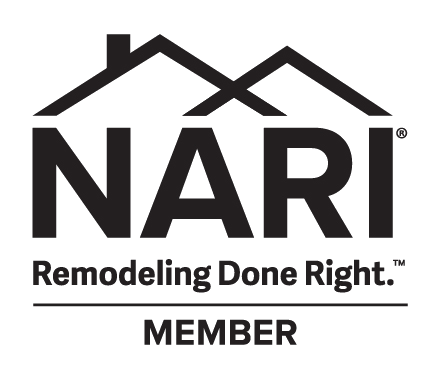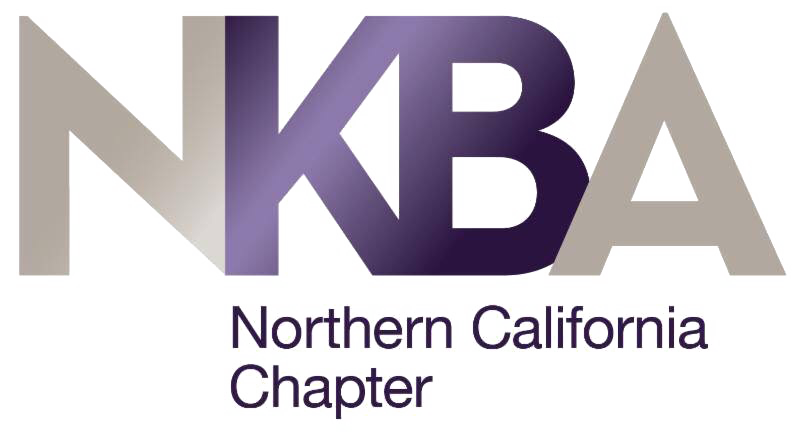HOW TO NAVIGATE THE SKYROCKETING COST OF BUILDING MATERIALS
Building material prices may have skyrocketed in recent months, but contractors can help clients navigate these cost challenges
Most everyone has heard that prices for building materials have spiked in recent months, with lumber prices getting the most attention in the news. Some lumber and plywood costs have increased as much as 400% during the past year. For those considering an addition or remodel, this uptick in material costs may have some concerned about the impact on their home improvement plans.
Homeowners should be aware of, but not alarmed by this dramatic cost increase, as raw building materials typically account for a relatively small percentage of project costs. And it should be noted that the amount of material required varies by project. For example, more lumber is needed for adding square footage onto a house versus the amount required for a bathroom remodel.
Interested in a remodel? Harrell Design + Build can help!
There are several reasons why building material prices are on the rise.
- Supply and demand
- New home starts
- Mill and plant capacity
- Global supply chain issues
- Transportation constraints
- Seasonal increases in construction
The majority of these issues are a result of the COVID pandemic. As people have lived and worked from home, many have reimagined their home spaces and have driven up demand for remodeling work, which puts more pressure on limited material supply. Mill and plant capacity, the supply chain, and transportation were all affected by shutdowns, social distancing protocols, and ensuing backlogs. Some trades stockpiled materials while supply houses limited inventory for fear of being caught on the wrong side of a cost crunch. Other impacts include construction of more new homes across the country as well as the typical upswing in home improvement projects brought on by warmer weather. New home construction began in earnest in the fall of 2020, reaching the highest it’s been since 2006. Construction typically peaks in the warmer months, resulting in seasonal material increases. Climate events, like the wildfires in California, are another “fly in the increasing price ointment.”
Another datapoint in this complex scenario is the effect of rock-bottom mortgage interest rates. Record low interest rates have fueled record home sales along with home improvement investments both before and after an existing home transfers to new owners. All of this activity is driving remodeling activity and adding to demand for building materials, especially lumber.
In addition to lumber, other building materials and equipment are also impacted by rising costs and reduced availability. HVAC, drywall, steel, electrical supplies, windows, and appliances now have higher price points and longer lead times.
Some late breaking news suggests that lumber prices may be easing a bit. Predicting the low point for building material prices is a bit like timing the stock market… buying at the bottom is nearly impossible. But, even with higher material prices, there’s no better time to pursue a home remodeling project, realizing that it is unlikely that prices will return to pre-COVID levels any time soon, if at all.
No homeowner wants to pay more than they have to, which is where a Design + Build Contractor’s design development process comes into play
Some contractors use a two-phase approach in the design process, which helps to vet the project early on for budget and scope. If you’re using a designer who is independent from your general contractor, this may be a more difficult process to verify design concepts against construction costs.
With Design + Build firms, design and construction are under one roof; it is more typical to develop a preliminary budget to ensure the project is on track with budget goals. If the preliminary budget is in line with expectations and gets client approval, the project moves forward to a second phase. At this stage, the project scope is tightly defined, and the final budget is developed based on detailed specifications and firm pricing. This two-phase approach takes time but removes the element of surprise from the equation. Additionally, the preliminary budget gives homeowners the opportunity to consider and think through the priorities and the trade-offs of how their project is approached.
Locking-in material pricing as soon as possible helps limit risk of potential price increases
Explains Gary Gray, CRPM and Production Team Manager, “At Harrell Design + Build, we try to get ahead of these material price fluctuations by pre-ordering long-lead materials and lock in pricing from our subcontractors as early in the process as possible. Our goal is to protect our clients from any unforeseen price increases that might occur before construction begins.”
Value engineering is another technique used to develop projects where the scope exceeds the client’s target budget
When budgets are tight, a competent contractor can find ways to cut costs without significant compromises to the desired project outcome. For example, it would be typical to consider a truss roof framing approach vs. a custom framed roof built onsite. Another example would be to choose laminate flooring instead of solid hardwood, with the possibility to upgrade the flooring at a later date. Finally, as a third example, reusing and even relocating a furnace which still has a useful life would help defray the cost of a new installation. These are just some of the possibilities where trade-offs might yield significant savings.
The value engineering process should be focused on cutting costs without compromising quality
What sets Harrell Design + Build apart from others is its commitment to quality. “While we do consider the trade-offs when doing our value engineering work, we are careful not to sacrifice quality. Understanding our client’s priorities helps us balance quality and value,” Gary affirms.
Are you interested in exploring an addition or remodel? Schedule a complimentary discussion with one of our experienced Designers or attend one of our virtual workshops to learn more about the Harrell Design + Build, Design + Build experience.
Woman Founded and 100% Employee-Owned, Harrell Design + Build has created distinctive homes in Silicon Valley and on the mid-Peninsula since 1985. Our Design + Build Team is here to help you reimagine your home inside and out.











